How To Keep Bats Out Of Your Attic
Bats are often-misunderstood creatures. They help with crop and flower pollination, are skillful hunters that glide through the air using echolocation and can eat up to one half of their body weight in insects each night. As pest control and garden help, they are useful to have around; but if you find them nesting in your attic, they can be a real problem. Here are the facts about bats found around Toronto, and what to do to keep them out of your attic.
Facts About Bats
Bats are small, winged nocturnal creatures and the only mammal capable of sustained flight. There are over 1300 species of bats, with new ones being discovered each year. Most species of bats feed on insects and fruit; however, there are a few species that eat spiders and small fish, and some that drink blood. Thankfully, those don’t live around Toronto.
All the bat species found in Canada are insectivorous — meaning they eat only insects. The most common bat, the little brown bat, can catch hundreds of mosquitoes each hour of hunting. In some areas, bats eat so many insects they reduce the need for pesticide sprays.
Different Species of Bat
In Ontario, there are eight commonly-seen species of bat, with the little and big brown bats the most prevalent around Toronto. Other species are more rare, due to a fungal infection called White Nose Syndrome that has devastated bat populations in Ontario the last few years. Here is a list of the most commonly seen bat species in Ontario:
- Eastern Small-footed Bat – These rare and endangered bats are about 8 cm long with a wingspan of 21-25 cm. Their fur is black with shiny light brown tips. They prefer to roost under rocks, in caves, mines and buildings.
- Tri-Coloured Bat – This very rare species is a small, pale brown bat that weighs as much as a toonie. It has hairs on its back that are black, yellow and brown. It hunts for insects along waterways and also eats spiders. It will hibernate over winter often roosting in caves or other underground locations.
- Eastern Red Bat – They are multi-coloured, and have bodies of 9 to 12 cm with greyish-yellow fur. They usually migrate to warmer regions over the winter and like to roost in forests in the spring. They give birth to 1 to 4 pups in May.
- Little Brown Bat – This is the most common species of bat seen in Toronto; however, they are also endangered. They like to hibernate in caves, mines, trees and buildings. They are usually 6 to 10 cm in length with a wingspan of 22 to 27 cm. The females form maternity colonies in the spring and give birth to one pup in June or July.
- Big Brown Bat – This is a very common species throughout Southern Canada. They hibernate in caves, mines and buildings, and grow to around 11 to 13 cm long, with a wingspan of 32 to 40 cm.
- Northern Long-eared Bat – They are an endangered species found across Canada. They have large black ears with a yellowish-brown body. They hibernate from October to May and like to roost in small crevices in trees, buildings, caves and mines.
- Silver-haired Bat – This bat is common in densely forested areas across North American. They are solitary creatures and migrate in the winter. In the summer, they like to roost in trees, bird nests, buildings and in caves. They have dark fur tipped with silver, which makes them look frosted.
- Hoary Bat – They are the largest of the North American bats and have a wingspan of 36 to 41 cm. Some migrate south, and others hibernate over the winter. They mate in the fall; females can store sperm over the winter. They usually give birth to 1 to 4 pups in May.
Natural Habitat
In the wild, bats like to nest in caves, mines, or in the hollows of dead trees. Their ideal space to nest is a place that is dark, cool, safe from intruders and predators, and is easy to access. In cities and rural areas, attic spaces and chimneys often fit this description.
Bats are excellent flyers and hunters and use echolocation as well as sight to help find their prey. They do this by sending out pulses of high-frequency sounds that bounce off surrounding objects (or insects), and the returning sounds tell the bats what is in front of them. This sense is so finely tuned that they can detect something as small and delicate as a single human hair.
How to Tell If You Have Bats in Your Attic
- You can see droppings – If you have bats in your attic, you will see signs left behind in the form of large piles of droppings or guano on the floor. You may also see droppings outside your home where the bats enter or exit.
- You hear them – One of the easiest ways to tell if you have bats is to listen for them scraping, rustling, or squeaking in your walls or attic.
- You can see them – If you see bats flying outside your house at dawn or dusk, pay attention to where they go and if they are roosting in your attic or a specific section of the house.
- Other signs – Bats leaving droppings or urine stains where they enter and exit. If you see brown or grey streaks on your roof or near chimneys, this can be a sign of a bat colony.
Risks to Humans
Bats are non-aggressive animals and are not dangerous to humans unless provoked. The myth about bats flying into human hair is just a myth.
The primary health risk from bats in your attic or home comes from their droppings. Bats produce a lot of droppings, and over time these can damage wood, insulation, and drywall; if left untreated, they can cause structural damage. Bats can also carry diseases that are harmful, and potentially fatal, to humans.
- Histoplasmosis – is a disease caused by breathing in fungal spores that are present in dried bat guano. It is a serious infection that can affect people with weakened immune systems and can cause lasting damage to the lungs and other organs.
- Rabies – while bats are non-aggressive animals, if threatened or approached they can bite. They can also be carriers of rabies. If you are bitten by a bat, seek medical attention immediately.
Dealing With Bats In Your Attic
- Remove the bats – The first step is to remove the bats from your attic. This must be done with care so as not to harm the roosting mothers or young ones unable to fly. Not all the bats leave at the same time to hunt at night. One of the best methods is to make it easy for the bats to get out of the attic, but very difficult for them to get back in. It is best to call an expert with experience handling bats to make sure you get all the bats out safely and humanely.
Seal up the vents and entry points – Once you are sure all the bats are out of your attic, you should seal up all cracks, holes, and vents. Use caulking around windows and doors and metal screening over openings. Bats can squeeze into tiny openings, so be thorough.
Always wear protective gear, long sleeves, a mask, and gloves when sealing openings to protect yourself from bites (from any hidden bats) and any fungal spores in the bat droppings.
- Clean up the mess – Bats leave behind a mountain of droppings. Getting rid of the mess can be dangerous to your health and very messy. It is best to bring in professionals to deal with the issue; if you decide to do it yourself, wear goggles, protective clothing, and a respirator mask.
Once all the droppings are removed, you’ll need to disinfect the entire area with a cleaner and eliminate any unwanted organic material. Be sure to check your insulation for signs of contamination.
If you have bats in your attic or neighbourhood in Toronto or the Greater Toronto Area, contact Liddle Rascals Wildlife Control. We offer bat removal services that are safe and humane for both the residents and the animals in question. Our services include a thorough home inspection and advice on repairs, remedies, and prevention.
Expert Skunk and Wildlife Removal in the Greater Toronto Area
We are available 24 hours a day, seven days a week.
Call us at (416) 356-5886 or contact us online.





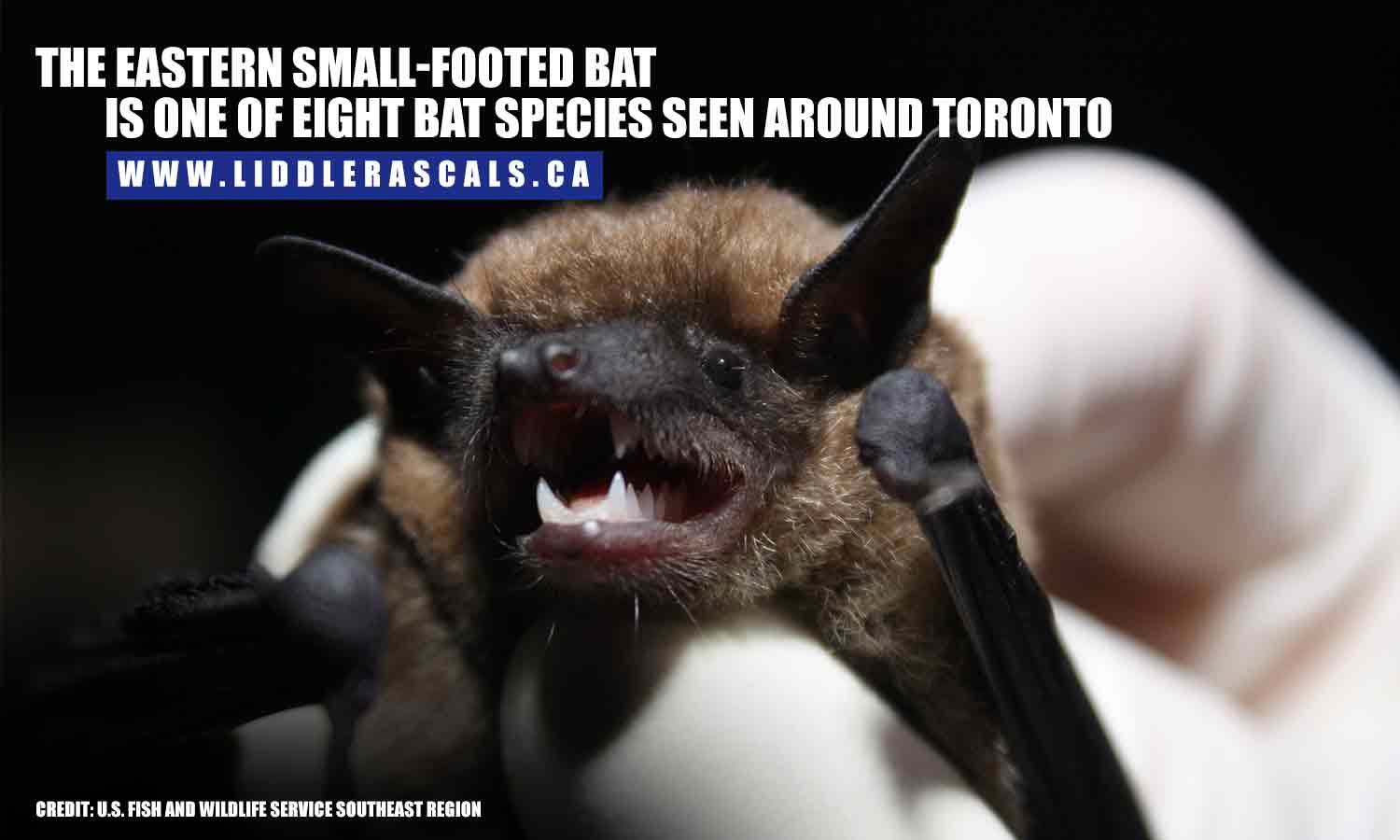
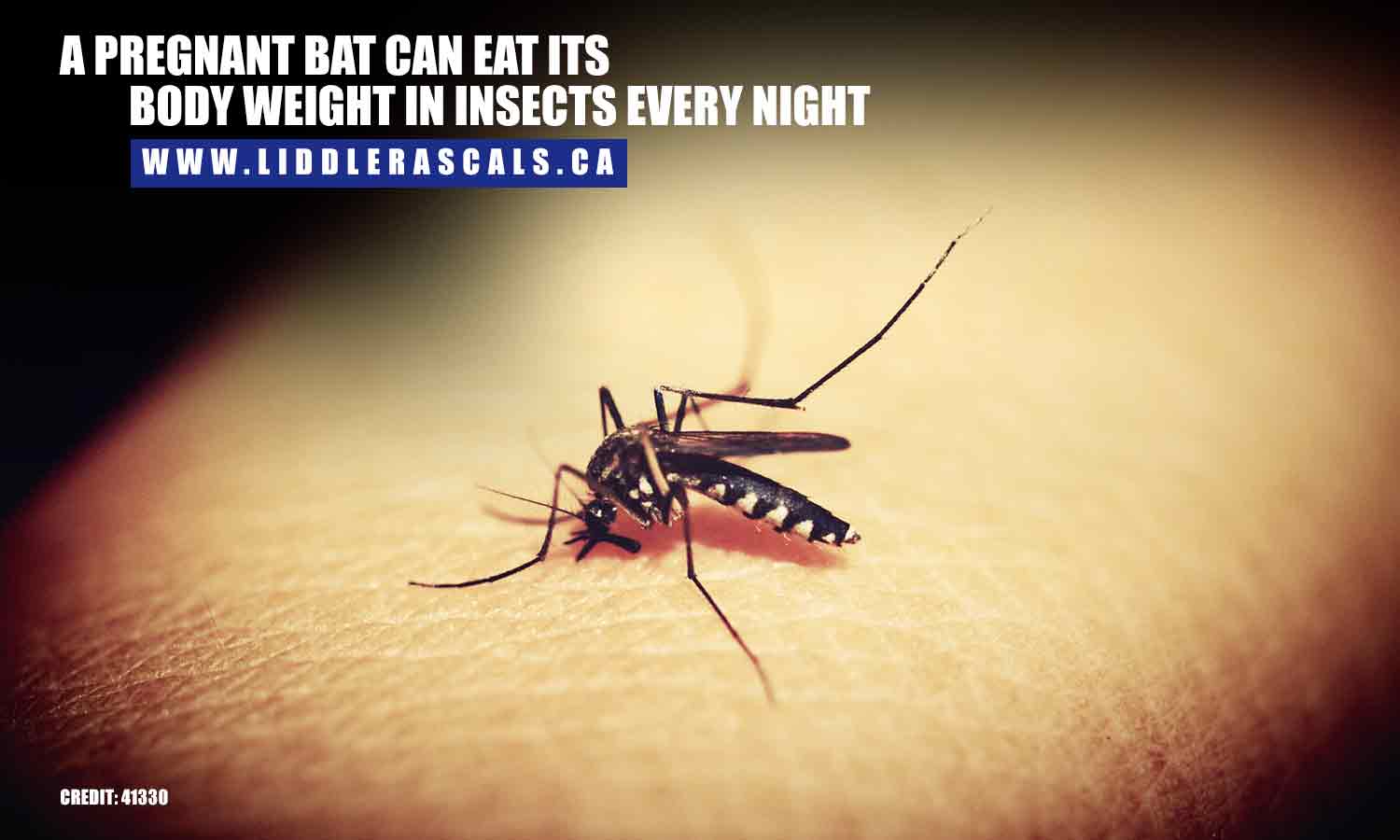
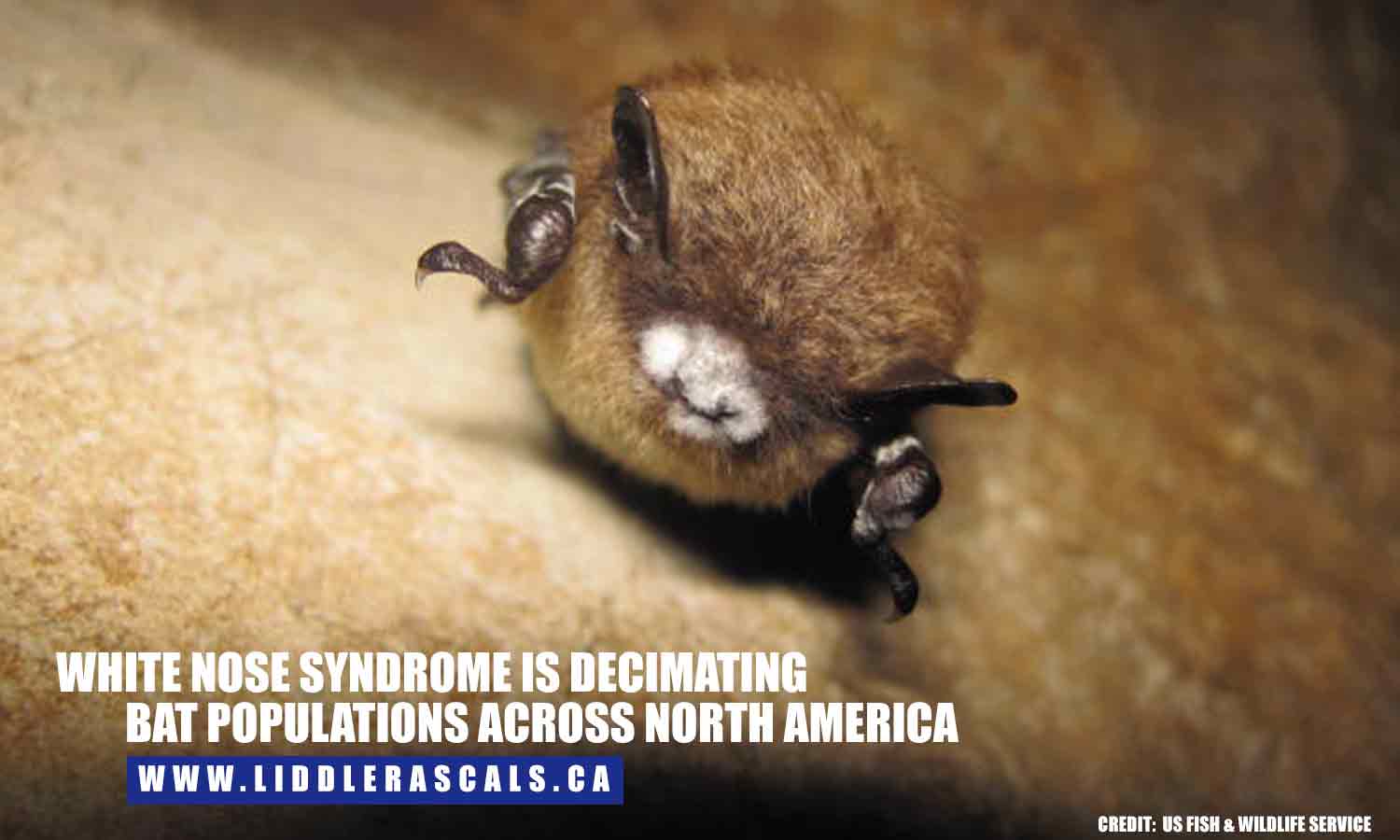
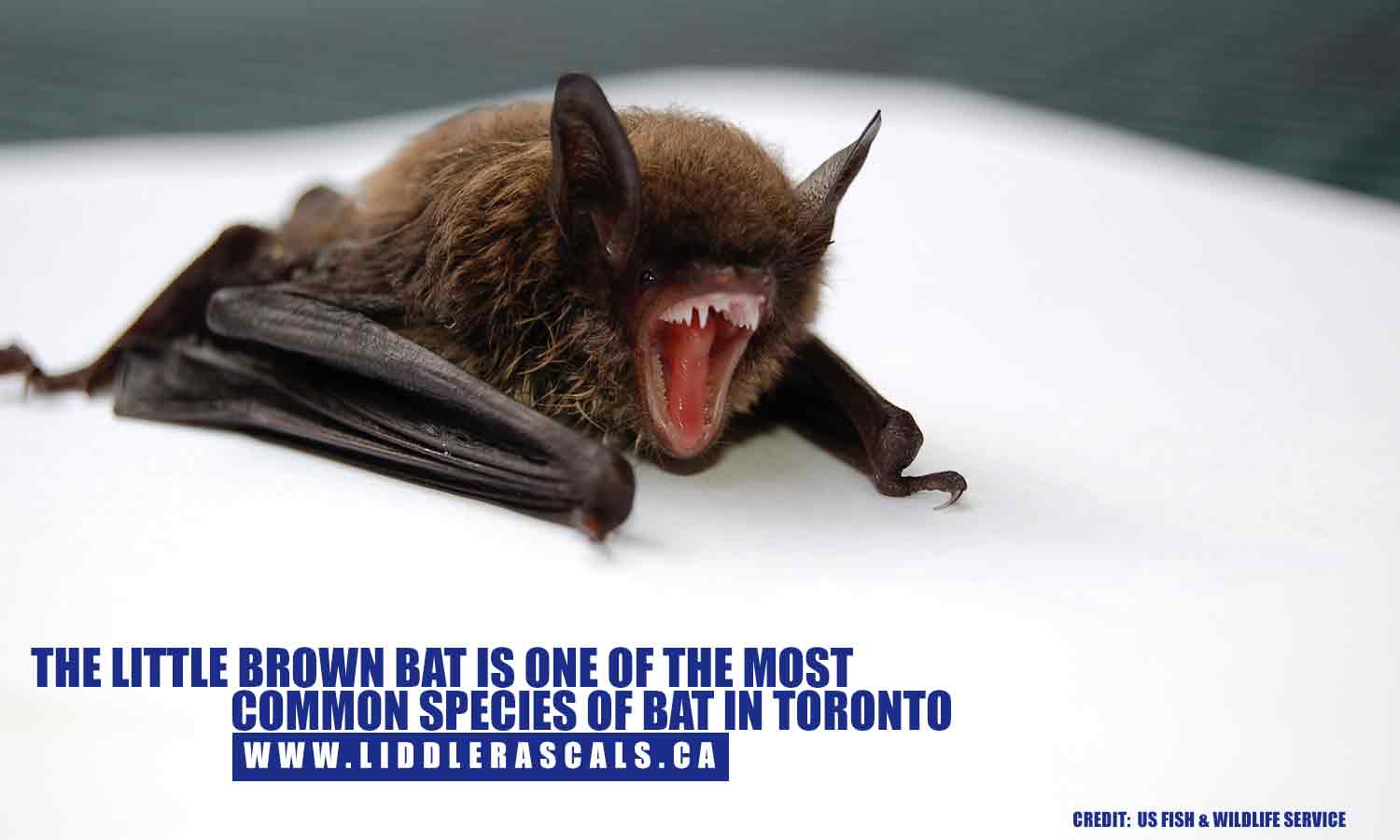
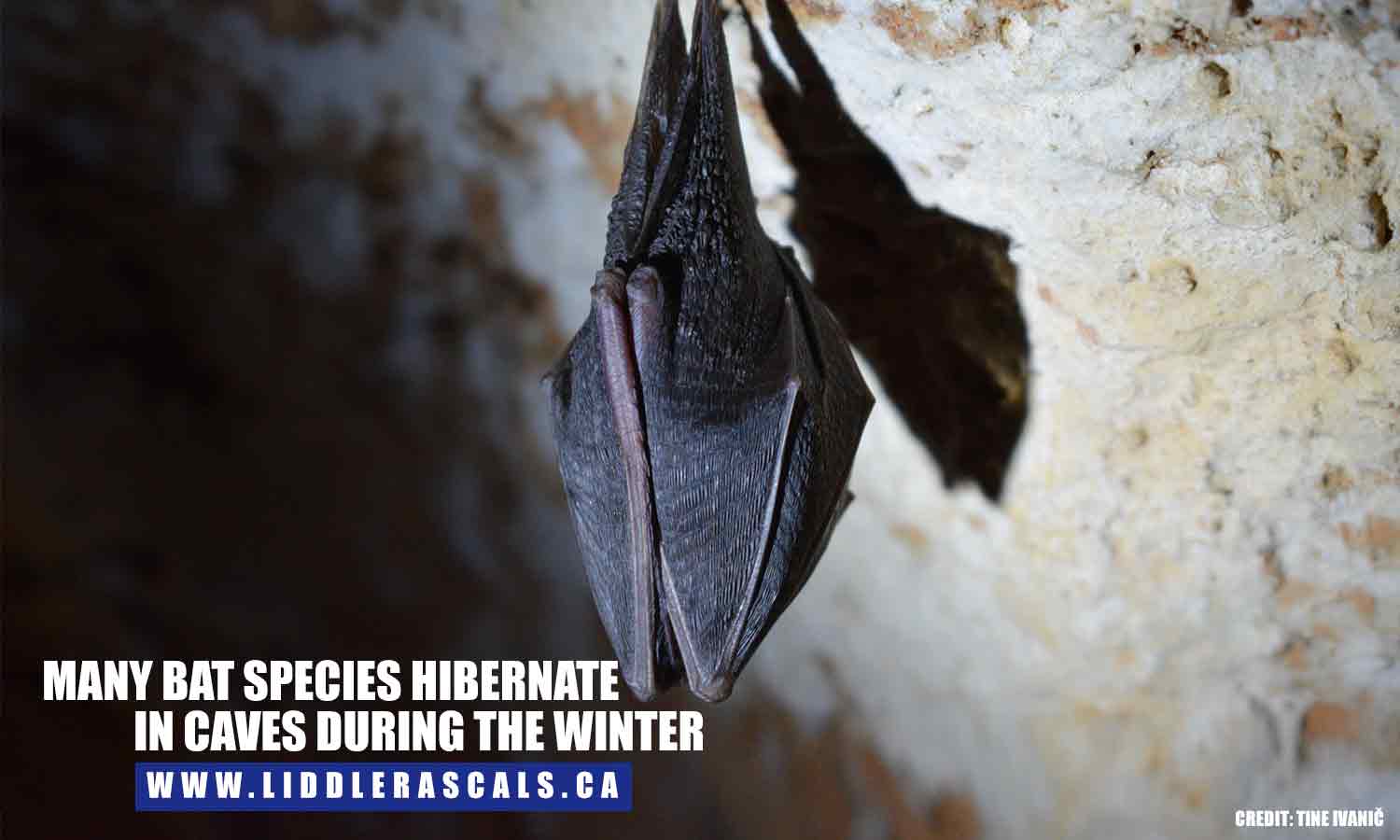

Leave a Reply
You must be logged in to post a comment.